The National Milk Producers Federation thanked members of the House Agriculture Committee for their work to advance a 2024 Farm Bill through Congress this year, with bipartisan approval for a plan introduced by Chairman Glenn “GT” Thompson that includes numerous provisions important to dairy farmers and the cooperatives they own.
“We commend Chairman Thompson and committee members from both parties for approving a 2024 House Farm Bill that includes critical dairy priorities that will help support and grow this industry,” said Gregg Doud, president and CEO of NMPF. “We will do whatever we can to work with lawmakers in both chambers on a bipartisan basis to pass a new law as soon as possible, knowing that dairy is well-served by what the House Agriculture Committee approved today.”
Provisions benefiting dairy urged by NMPF are found across the bill’s titles, including ones that:
- Extend the Dairy Margin Coverage (DMC) program through 2029; update production history for participating dairies to be based on the highest production year of 2021, 2022, or 2023; and extend the ability for producers to receive a 25% premium discount for locking five years of coverage;
- Restore the “higher of” Class I mover to reinstate orderly milk marketing and require plant cost studies every two years to provide better data to inform future make allowance conversations, two key components of NMPF’s Federal Milk Marketing Order modernization proposal;
- Support the bipartisan, House-passed Whole Milk for Healthy Kids Act to reverse the underconsumption of nutritious milk in our schools;
- Boost funding for critical dairy trade promotion programs and protect the use of common food names worldwide;
- Support voluntary, producer-led conservation programs, such as the Environmental Quality Incentives Program, with dedicated funds for livestock operations and language encouraging states to prioritize methane-reducing practices;
- Improve the certification of Third-Party Service Providers with technical expertise related to conservation planning to better assist producers participating in National Resources Conservation Service (NRCS) programs;
- Continue the Farm and Ranch Stress Assistance Network; and
- Increase funding for animal health initiatives and programs.
Other provisions relevant to dairy include:
- Increasing the DMC Program Tier 1 volume threshold from five million pounds to six million pounds;
- Extending the Dairy Forward Pricing Program, the Dairy Indemnity Program, and the Dairy Promotion and Research Program;
- Directing USDA to collect and publish cost-of-production data for organic milk;
- Raising EQIP conservation funding from $2.4 billion in fiscal year 2025 to $3.25 billion in fiscal year 2029;
- Requiring USDA to create a public process for updating conservation practice standards every five years; and
- Requiring USDA to report to Congress on the department’s preparedness to support livestock and poultry growers facing economic losses in the event of an outbreak of a foreign animal disease.

 After two years of hearings, listening sessions, and discussions, members of Congress are now making 2024 Farm Bill proposals. House Agriculture Committee Chairman GT Thompson, R-PA, and Senate Agriculture Committee Chairwoman Debbie Stabenow, D-MI, both began the month by releasing their initial farm bill framework documents and priorities.
After two years of hearings, listening sessions, and discussions, members of Congress are now making 2024 Farm Bill proposals. House Agriculture Committee Chairman GT Thompson, R-PA, and Senate Agriculture Committee Chairwoman Debbie Stabenow, D-MI, both began the month by releasing their initial farm bill framework documents and priorities.




